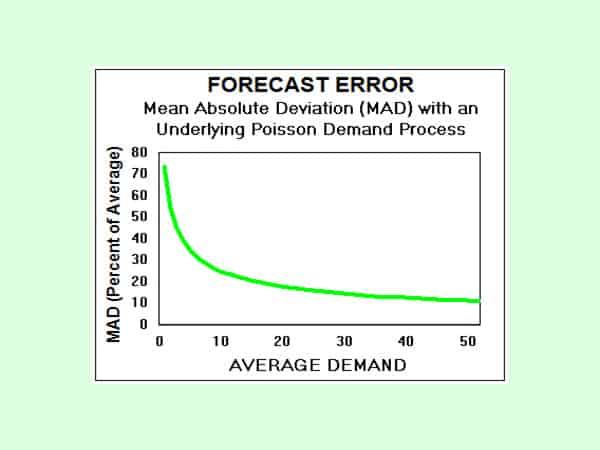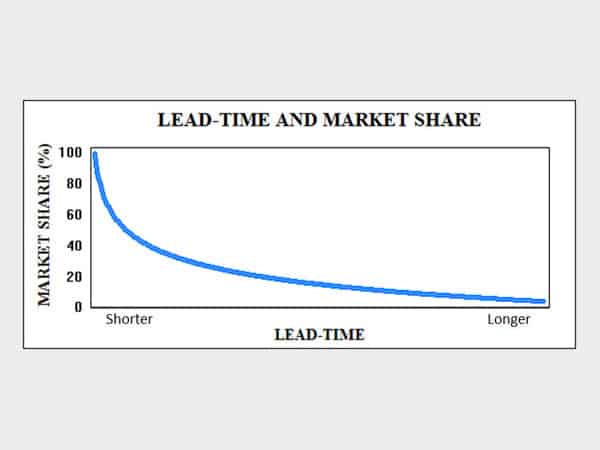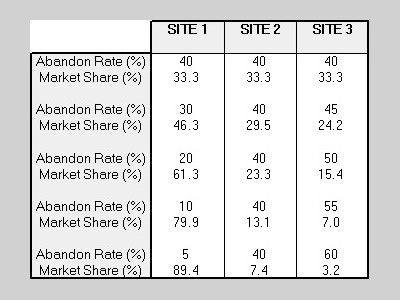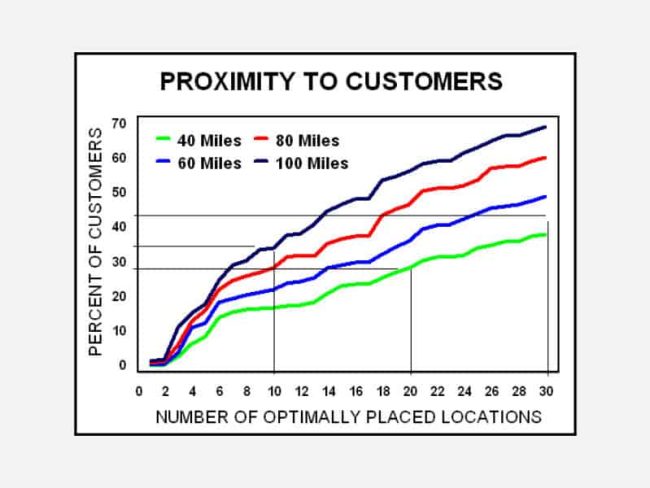Supply Chains’ Chain Reaction
The purpose of supply chains is to move material from one place to another quickly and cost efficiently. Our current global supply chains have failed at both.
Modern globalized supply chain components are so intertwined that disruptions in one link cascade throughout the chain and disrupts all the other components in a chain reaction. Modern global supply chains evolved over a period of about 40 years of continual steady growth that drove the design of components in a stable..











